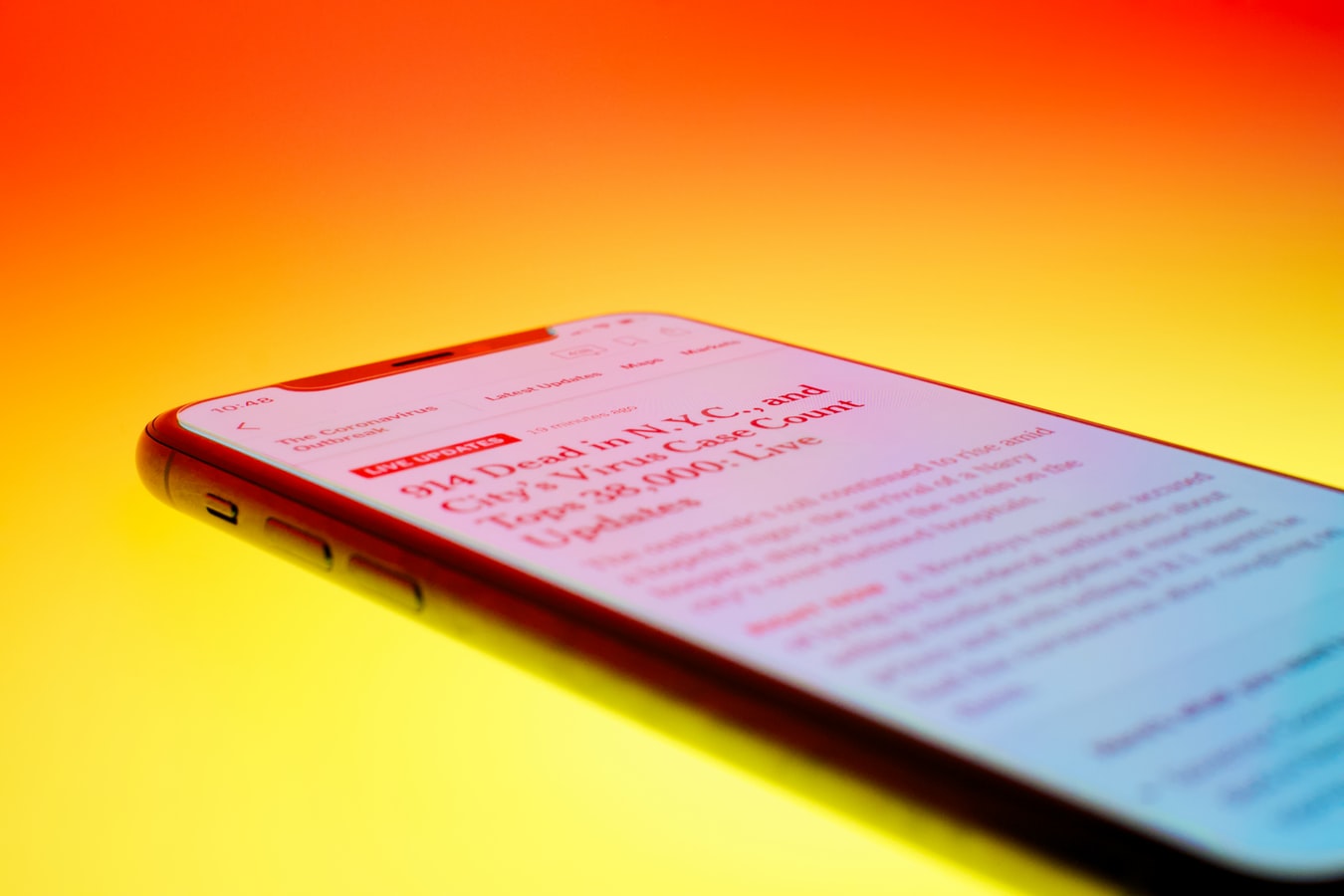Fake news are articles and stories created with the purpose of misleading and misinforming people. This has been consistently growing and tends to go viral. It holds no merit, no evidence and often disturbs the innocence of the readers. Research proves that humans are more likely to spread lies faster than the truth as the news has become less costly and easily accessible via social media.
The main sources of information are known to be the journalists and media outlets who at first need to verify where the news came from and how it was received. However, with technology being so advanced, the rumor and propaganda mills have been handed over to AI algorithms that are designed to create believable content but not actually factual. The big question now is how are we able to detect fake news from the real ones and do those believable news have facts to support them? Read this article to help you detect fake news using artificial intelligence.
Artificial intelligence is a controlled intelligence exhibited by machines which do not require emotions and personal touch unlike the natural intelligence displayed by humans and animals. It is also a critical tool in protecting people from reading harmful content and automatically taking action before a problematic post or comment compromises the safety of the readers. The following AI is now in combat in detecting fake news and misinformation.
Logically – this AI algorithm uses natural language processing to understand and analyze texts. The credibility of the source of the content ranges from low to high and the article as reliable or unreliable based on comparisons of similar content from more than 100,000 sources. Logically also checks metadata and images not only the content.
FullFact – this is a team of independent fact-checkers who also build automated fact-checking tools. They have been operating since 2015 and continuously increasing their fact-checking resources. Full Fact team collects and monitors data, identifies and prioritizes claims and often takes the fact-checking process offline with humans.
AdVerif.ai – an AI company which safeguard users from malicious and deceiving content/, spam, and fake news. It uses proprietary data via partnerships with fact checking organizations making them more efficient in detecting fake news, divisive politics, conspiracy theories among others.
FakeRank – this AI returns the probability of a content item to be false or misleading. It holds knowledge from the Web with Deep Learning and Natural Language Processing to give meaning to a news story and verify its legitimacy by facts.
FakeFinder – a mobile app that can be used to detect fake news from the live Twitter stream and at the same time alert users against the spread of misinformation on mobile apps like Twitter. Random experiments show how reliable the app is in achieving real-time, accurate detection of fake news.
FakerFact – uses a learning algorithm called Walt (named after Walter Cronkite) which can distinguish whether a certain web page shows good journalism, feature or editorial piece, clickbait, conspiracy theories or satire. From there you can determine whether an article is legitimate and trustworthy news source or if it is fake news.
Media Bias Ratings – this app frees people from bias so they can better understand the social media world. Knowing the political bias saves you from engaging in false news.
Adblock Plus – a browser extension and app that blocks and automatically removes ads that do not adhere to standards. This adblocker protects users not only from harmful ads, but also from other harmful sites, including those that spread disinformation.
Bad News – this tool aims to build user understanding of the methods involved in the dissemination of fake news.
Botometer – a web-based program which uses AI to categorize Twitter accounts as bot or human by looking at profiles of friends, social network structure, temporal activity, language and sentiment. It has a range of 0 to 5 which measures the authenticity of an account or if it is just a bot.
ClaimBuster – an automated web based with fact-checking tool founded in University of Texas at Arlington. It particularly relies on natural language processing and supervised learning (based on a human-coded dataset) to identify factual and false information.
Checkology – a media literacy curriculum with both online and offline components which focuses on teaching students to read and interpret the news, thus, allowing them to distinguish real from fake ones.
Duke Videofactchecking Tool – a browser extension that provides live fact-checking of information on television. Experiments conducted by the developers of this tool confirmed that the majority of users approved pop-ups generated by this tool and helped them realize the authenticity of an ad.
Emergent.Info – a web-based tool that monitors, checks or removes rumors and conspiracies online. Rumors came from individuals on the site which will then be reviewed by a staff member and will also determine whether the claim is real or fake.
Fakey – an interactive educational tool created to improve media literacy. It presents fake news and conspiracy theories which will then be gauged by users if okay to share, hide, or fact-check that information. The aim is to educate users on how to identify true versus false information.
Politifact – a website that fact-checks statements and rates these statements as “True,” “Mostly True,” “Half True,” “Mostly False,” “False,” and “Pants on Fire.” The process involves reviewing sources, online database searches, expert consultation, and other literature reviews.
Who Targets Me – an app which lets users create an unknown profile, collect information about the political ads that they see and why they were targeted with those ads. This tool helps in providing users with statistics on who has been targeting them and uses the information collected to build a database of legitimate news.
I hope I was able to enlighten you more on how to distinguish fake news from real ones by the tools I presented in this article. Though it is not a walk in the park to combat false information especially with the kind of technology we have today, it is but natural for us humans to safeguard our security and privacy by having enough knowledge on whether or not we are surrounded with the right news. Artificial intelligence indeed is a great help but we also have to take extra precaution on the approach of web based solutions we have in the media world today.
by Arleen Atienza

